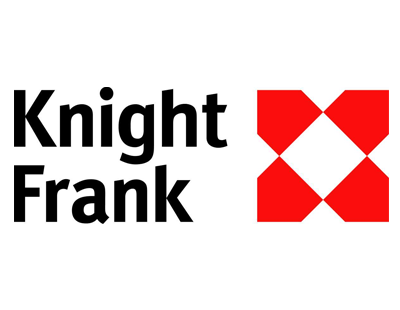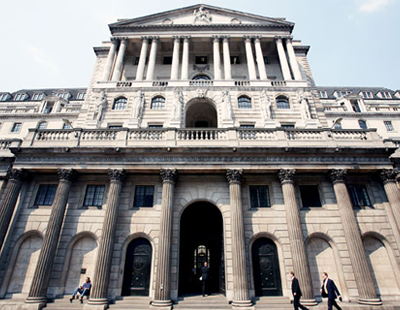
The head of research at a leading agency is warning that although the housing market remains buoyant, there may be macro-economic clouds on the horizon.
Tom Bill, head of UK residential research at Knight Frank, says that ultra-low borrowing costs have underpinned demand, helping push typical house prices to record highs.
But he warns: “Longer-term, there will need to be a readjustment as mortgage rates normalise, a process that has been delayed by the pandemic.
“Interest rates were 0.75 per cent in early 2020 before Covid struck and we wouldn’t expect any meaningful impact on prices or demand while they remain below that level.
“However, what’s different between now and early 2020 is the higher cost of living, which may cause demand to start fraying around the edges depending on how elastic the definition of ‘transitory’ becomes in relation to inflation.
"Over 3.5m first-time buyer mortgages have been issued since the base rate dropped to 0.5 per cent in March 2009. That is a large group of homeowners who don’t know what it’s like when interest payments rise meaningfully.”
Last week the Bank of England’s monetary policy committee, which sets the base rate on which many mortgage lenders establish their charges to consumers, held the rate at 0.1 per cent. The BoE next meets to decide on base rate on December 16.
Meanwhile a prominent business consultancy is drawing attention to the growing importance, once again, of the Bank of Mum and Dad in powering the housing market.
Sarah Coles, senior personal finance analyst, Hargreaves Lansdown, says: “House price rises have become a family business. The Bank of Mum and Dad is powering growth in the price of first properties that’s outstripping the rest of the market. That growth then feeds back into a boost for their own property prices, forming a virtuous circle for any families with the resources to tap into.
“As house prices rise, parents feel more confident about dipping into the equity in their home in order to give their children cash to help them onto the property ladder. This helps drive demand for first properties, which not only pushes up the price of these properties, but also gives second steppers more cash to make a move, and so the rise in prices spreads across the market.
“It finally feeds into the price of family homes, so that more parents now feel more confident about dipping into the equity in their home, and so the circle continues.
“Unfortunately, parents who aren’t in a position to help, can’t offer the same kind of boost to their offspring, so those trapped outside the family circles are stuck watching prices rise further and further out of reach.”














.png)


.png)



Join the conversation
Be the first to comment (please use the comment box below)
Please login to comment